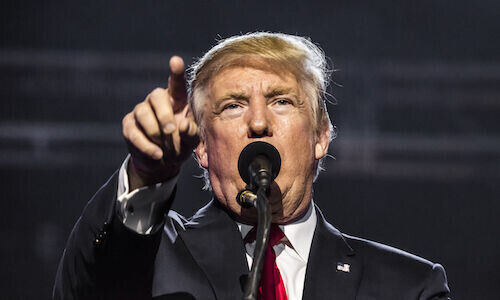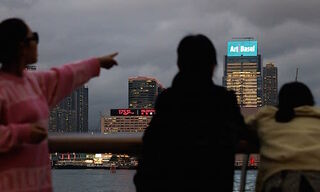Liberation Day Tariffs More Hawkish Than Expected for Asia
President Donald Trump’s reciprocal tariffs will hit Asia the hardest, due to the export-oriented economies in the region. The highest tariff rates have been announced for Southeast Asia, notably Cambodia, Vietnam and Thailand, suggesting that closing the third-country circumvention loophole has played a role.
The reciprocal tariffs announced are more hawkish than expected. However, US President Donald Trump did state in his executive order that he may decrease or limit in scope the tariffs imposed if trading partners take significant steps to remedy non-reciprocal trade agreements and align sufficiently with the US on economic and national security matters. This suggests that the door is open to negotiation.
Unlike the EU, which has threatened to impose retaliatory tariffs on the US, the analysts at Japanese bank Nomura think most Asian countries will opt to negotiate with the US instead, and potentially strike a deal, especially as US exports to Asia are small in quantum, which gives the region less leverage.
Other Strategies
While it is politically difficult for countries to lower their tariff rates on agricultural products or lower the VAT rates (for fiscal reasons), countries may adopt other strategies to negotiate lower reciprocal tariffs.
India and the US have begun negotiations on a bilateral trade agreement, which involves lowering tariff and non-tariff trade barriers, buying more US energy and increasing market access for US firms. Many countries have also pledged to buy more US goods, including Vietnam (aircraft), Thailand (energy), the Philippines (fighter jets), Korea (energy), and Taiwan (energy, agricultural products, and military equipment).
Increased Protectionism
Asia is also looking to increase its investment in the US, including Taiwan (semiconductors), Korea (autos, semiconductors) and Thailand (energy and food). With US markets becoming more difficult to tap into, countries are actively seeking alternative markets and ways to promote the substitution of exports to the US with exports to other markets, though this will take time.
Finally, higher tariffs on China increase the threat that these exports will be redirected to the rest of Asia, which is already reeling under China’s overcapacity. Increased protectionism against Chinese imports via anti-dumping and safeguard duties could be implemented in the coming months.
Scope For Trade Diversion
There may be some scope for trade diversion, as some countries have higher tariff rates than others. Back in 2017-18, US tariffs on China resulted in US firms replacing some of their imports from China with imports from other countries, including those in Asia. This time around, the US tariffs are imposed globally, with differing tariff hikes across countries.
This could result in US firms replacing some of their imports from countries that have higher tariffs (e.g. Thailand, Vietnam) with imports from countries that have lower tariffs (e.g. Philippines). In this regard, trade diversion benefits to the low-tariff countries could be a partial offset.
Malaysia as a Potential Beneficiary
Higher reciprocal tariffs will also influence the next round of supply chain shifts. During the last eight years, Southeast Asian countries such as Vietnam have benefited from US-China trade tensions.
Higher reciprocal tariffs on Vietnam and Cambodia, if they are sustained, will eliminate this advantage. Instead, India, which faces a 27 percent reciprocal tariff and is trying to negotiate this down, stands to benefit from the next round of supply chain shifts, helped also by its strategic alliance with the US. We also see Malaysia as a potential beneficiary.
More Policy Easing
Weaker growth and the risk of China dumping suggest a sustained period of low inflation in Asia. The soft growth-inflation backdrop supports further policy easing, as downside risks to growth are materialising, and many central banks did not assume higher reciprocal tariffs in their base case.
In April, Nomura's analysts expect rate cuts in India and Thailand, the MAS to ease its FX policy via a 1.0 percent slope reduction to zero, with some risk of a rate cut in Korea (35 percent probability). Cumulatively, we expect additional rate cuts of 50bp in Korea, 75bp in India and the Philippines, and 100bp in Thailand.


























